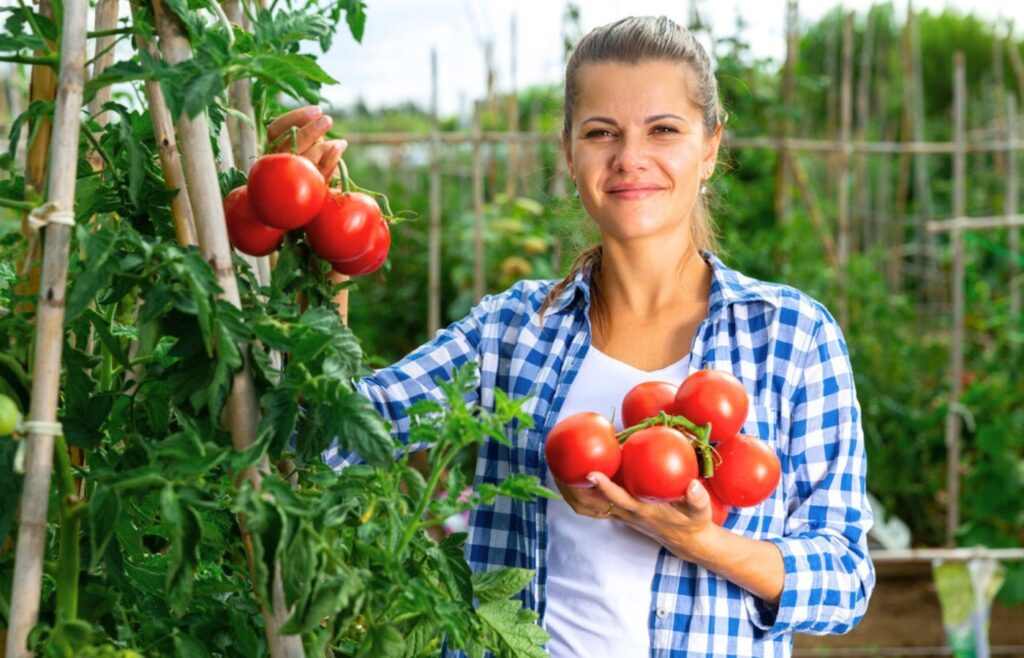Finally, the temperatures are starting to rise, and your vegetable garden is slowly coming back to life after its winter rest. Can you smell that spring fragrance? It’s a sign that it’s time to pull out your seeds, seedlings, and gardening tools to start your planting. However, be cautious of late frosts that can still occur between sunny days.
What specific tasks await you in April to ensure your garden is at its best this season? Here are all our tips.
What Vegetables Can You Plant In April?
For this month of April, even though the soil is getting warmer, you should still be wary of the risk of frost. The best option? Opt for pot planting, protected from possible weather fluctuations. Prioritize this method especially for:
- Tomatoes, peppers, eggplants, peas, leeks, and beets, which are still sensitive to the cold.
- Celeriacs, melons, and basil, which even require a greenhouse or a very sheltered spot.
On the other hand, some vegetables are more resilient to April’s last chilly days and can be sown directly in the ground. This includes radishes, carrots, fava beans, and spinach.
If you have already started plants in the greenhouse, such as zucchini, squash, or cucumbers, you can begin transplanting them to the vegetable garden as soon as the weather stabilizes.
April Plantings: Prepare A Bountiful Garden For Summer
Have the last frosts passed, and is the soil warm enough? You can dive into some plantings. Among the first crops to put in the ground, consider installing:
- Potatoes, spacing the tubers about 40 cm apart.
- Onions, planting them in rows spaced about 20 cm apart.
- Aromatic herbs like mint and chives, always a delight in cooking.
Here’s a useful tip for your garden: Marigolds naturally repel harmful insects, so feel free to plant some among your vegetables.
Cleaning And Maintaining The Garden: Essential For A Good Season
April is also the perfect time for a major spring cleaning in your vegetable garden. But where to start? Here are the essential steps:
Weed Removal
These “undesirables” grow quickly and can compete with your crops. Take the time to carefully weed.
Also, take the opportunity to aerate and loosen the soil with a spade, which promotes soil life and plant growth.
Boost Your Soil With Compost
April is also ideal for enriching your soil with compost. It will not only improve the quality of the soil but also stimulate the growth of your future plants.
Protect Your Crops From Slugs And Snails
These little mollusks love your young shoots and can quickly damage your garden. A natural solution is to place crushed egg shells around the plants and to practice effective mulching.
This plant coverage not only limits pest attacks but also delays the emergence of weeds and retains soil moisture.
Remove Winter Protection
If you’re sure the risk of frost is finally behind you, you can safely remove the winter covers and protection nets. Take this opportunity to treat your vines or tree trunks with nettle tea to limit diseases and various pest attacks.
There you have it, you have all the keys to kick off your gardening season. Now it’s your turn. Enjoy gardening, and see you in a few months to taste the fruits (or rather the vegetables) of your efforts!
Did you find this guide helpful? What are your must-dos for gardening this time of year? Share your experience by leaving a comment below. We can’t wait to hear your tips and personal advice!

